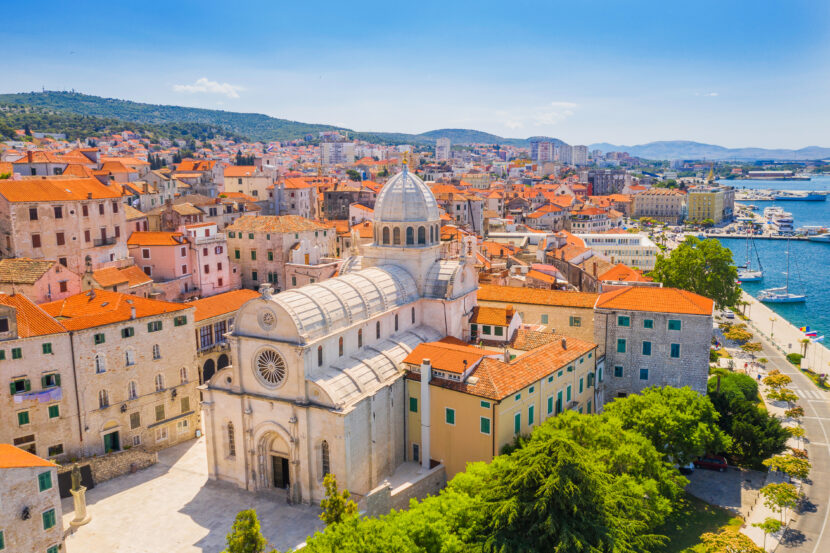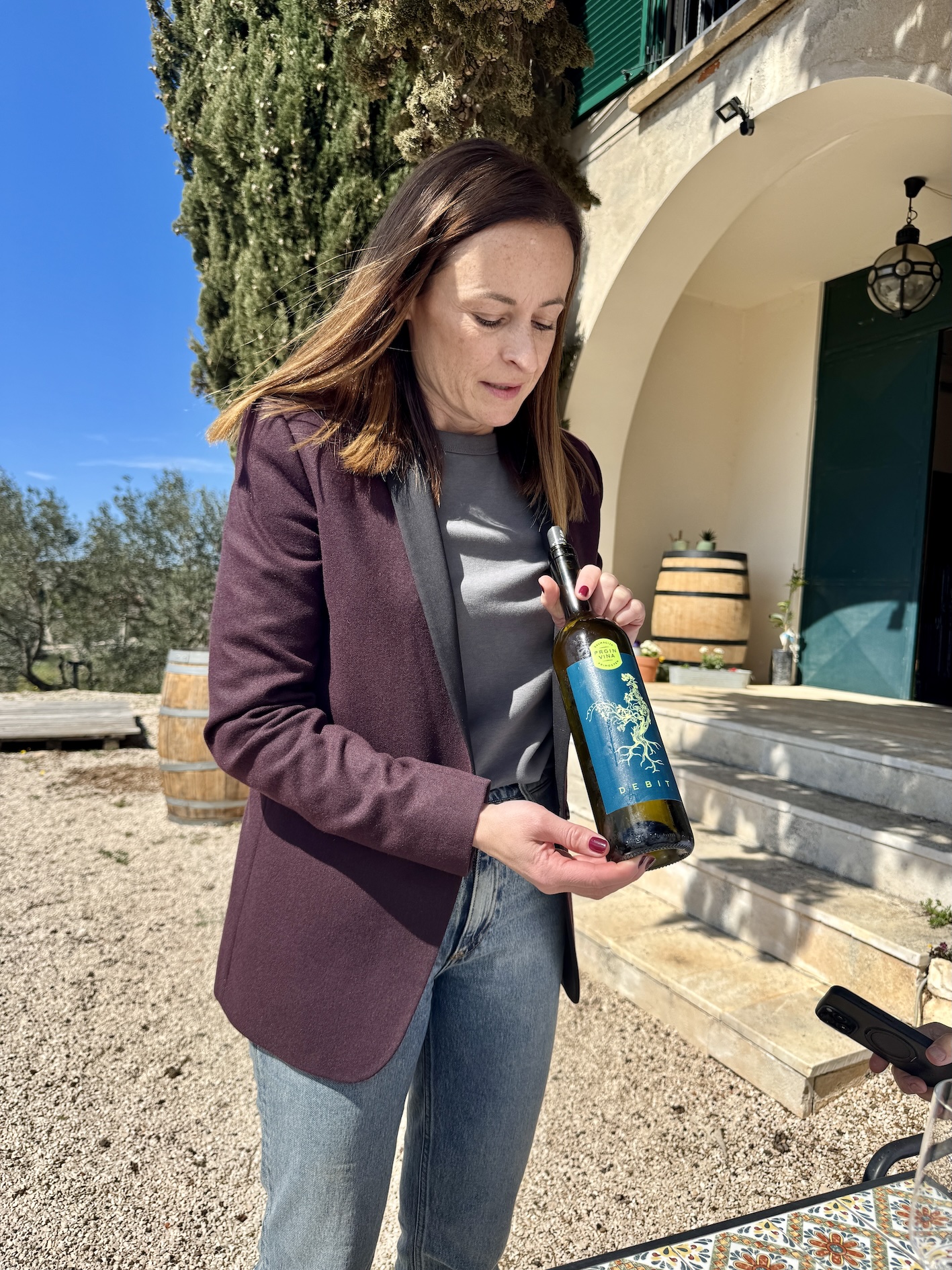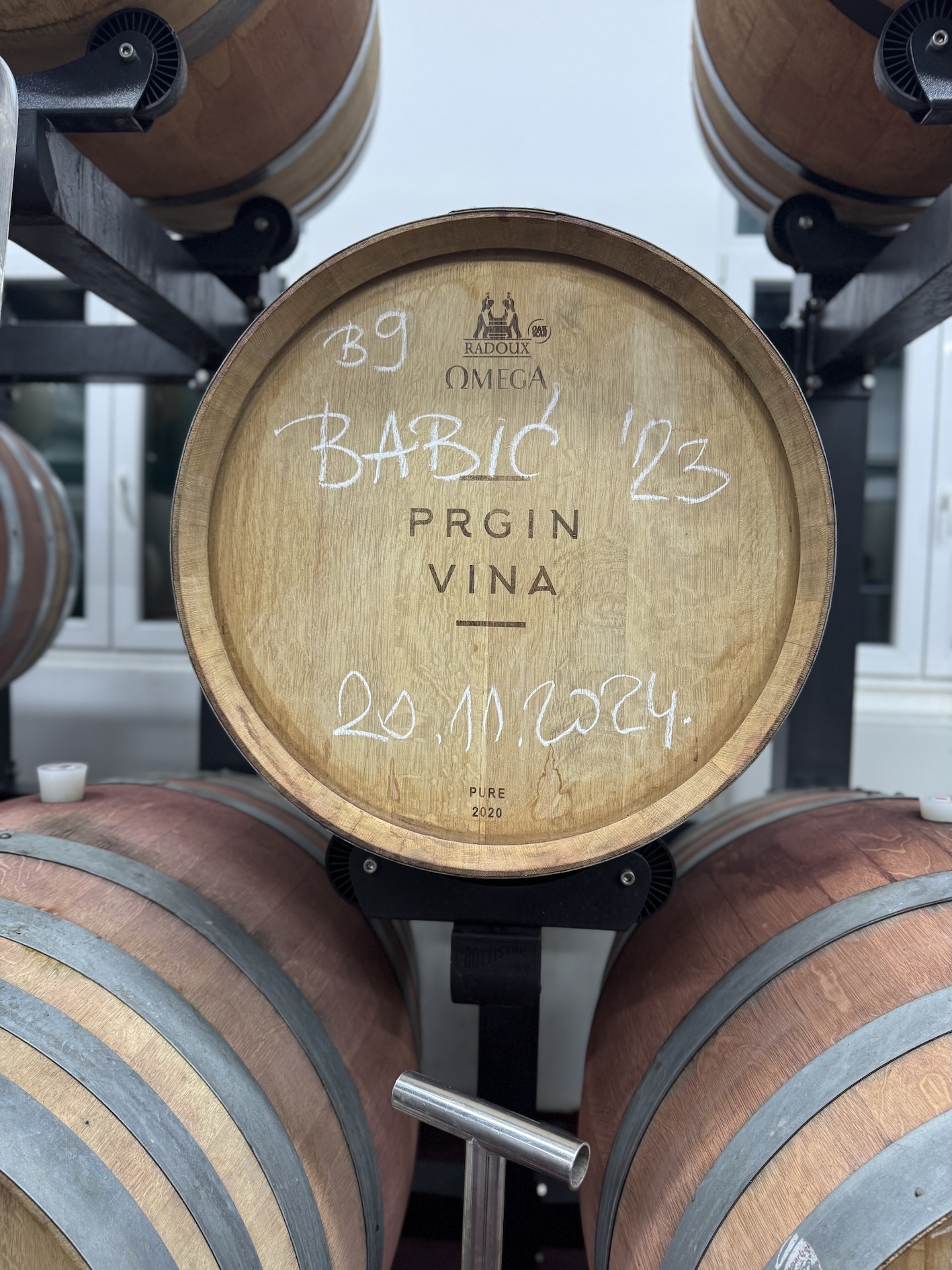ŠIBENIK — There are a few places in the world where, when you get there, you think, “You know, this really does look like the postcard.”
Croatia is one of those places.
During a recent spring trip, I explored a few smaller, charming cities in northern Dalmatia, which are dotted along the almost 1,800 km seaside coast and, for the most part, are largely overlooked by most tourists.
While Croatia’s glimmering Adriatic coastline is by no means a ‘hidden gem’, it’s packed with a stunning natural beauty, lush greenery, rugged mountains, and a coastline framed by picturesque harbours and beaches – all enriched by centuries-old culture.
Indeed, the combination creates an ideal mix. However, there are still inviting pockets tucked away that offer visitors a taste of the Mediterranean dolce vita without the crowds, which I discovered are equally captivating.
After all, aren’t these unhurried adventures what most travellers are looking for today?
Here are a few under-the-radar experiences for clients to consider when venturing beyond the popular island-hopping and the bustling cities of Dubrovnik and Split. They may just be pleasantly surprised (just as I was).
COZY BOUTIQUE WINERIES
You would be forgiven for never having heard of Primosten (pree-MOSH-ten), Croatia. It’s a small, charming coastal village about an hour’s drive north of Split (60 km) in the Sibenik-Knin County. Although there are no museums here, most visitors come for the beautiful beaches and relaxation, and surprisingly, boutique wineries.
Surrounded by Mediterranean vegetation and olive trees is Prgin Boutique Winery, one of several family-run boutique wineries in the area. With a small, old-school building that serves as a cozy tasting room, it also doubles up as a winemaking facility and storage for barrels.
The driving force behind the new Dalmatian wine scene is Ivana Prgin Horvat. Together with her husband, Domagoj, she partners in the winemaking process.
“This is the homeland of the Babić grape,” Prgin proudly states, “and I love this grape, it’s my favourite,” she adds with a smile.
The Prgin Winery, among the few local producers, is one of the youngest.
For wine-tasting enthusiasts or anyone seeking a fun activity, I found this experience to be an ideal way to spend an afternoon. The local wineries offer a variety of wines – white, rosé, and red – accompanied by delicious charcuterie boards featuring locally made cheeses, cured meats, and premium olive oils.
Of course, you can also opt to purchase a bottle to take home.
- Ivana Prgin Horvat showcases one of many fine wines at Prgin Boutique Winery
- A visit to a local winery made for an ideal way to spend an afternoon
ŠIBENIK: OLD WORLD CHARM
Up next on my road trip is Šibenik, a hidden gem nestled in a sea inlet between Zadar and Split. This small city is considered the oldest coastal town on Croatia’s Adriatic coast, founded by Slavs as early as 1066 AD.
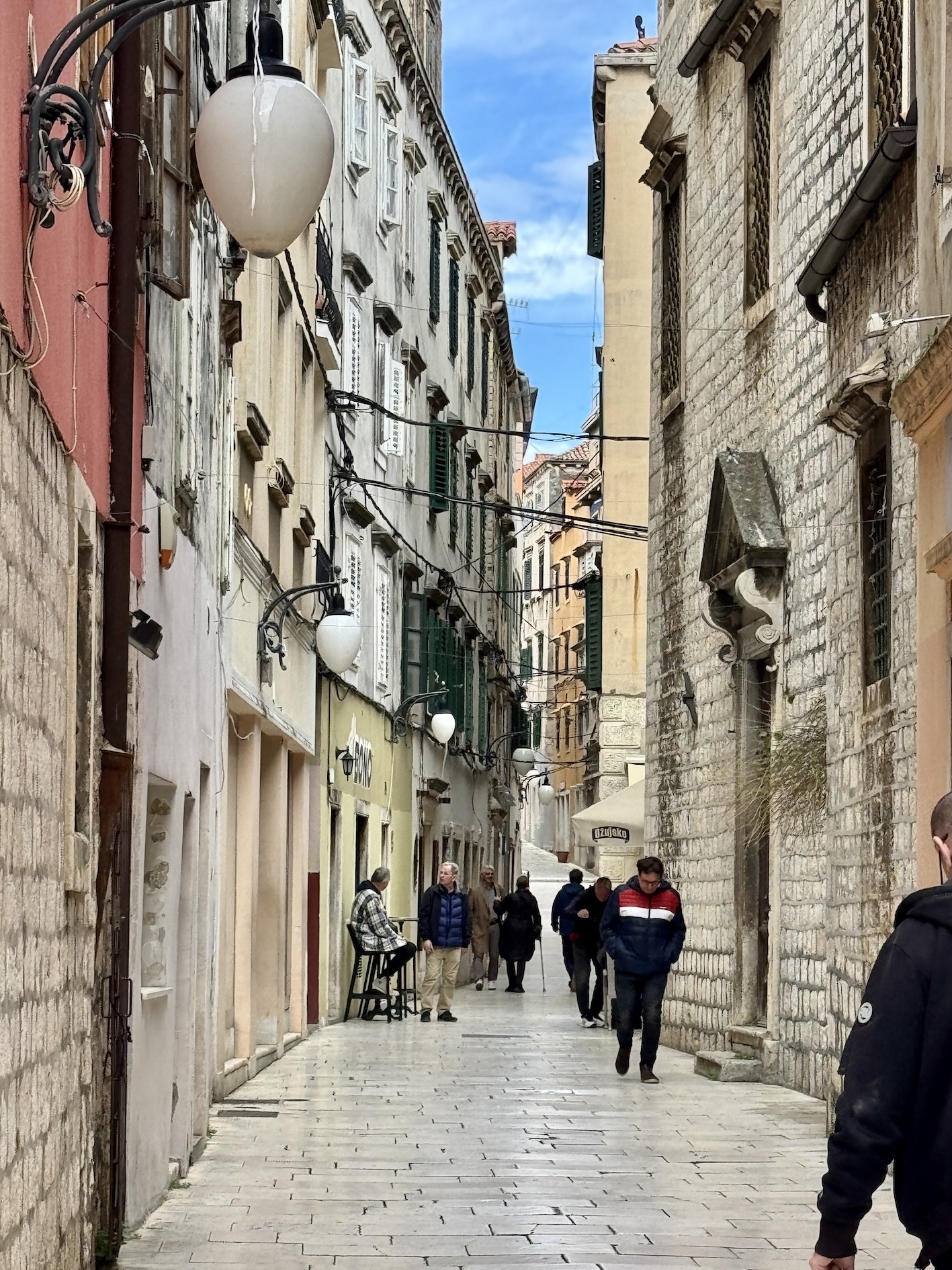
Šibenik is considered the oldest coastal town on Croatia’s Adriatic coast
One unique feature for visitors to experience is the sound of church bells ringing every half hour from the 24 churches and six monasteries, creating an unforgettable ambiance unlike any other.
More notably, Šibenik is renowned for its two UNESCO World Heritage sites: the Cathedral of St. James, completed by 1535, and the imposing St. Nicholas Fortress, built by the Venetians in the 16th century. Both are must-see local highlights.
Not only that, but the city’s claim to fame was its role as a filming location for the Game of Thrones series, where it doubled as the fictional city of Braavos.
Meanwhile, Šibenik shines with a thriving festival scene and stunning Dalmatian vistas, but the city’s day-to-day culinary life flourishes in its many cafés and restaurants.
As I wandered along the vibrant waterfront and the array of streets behind it, I was hard-pressed to pick from the numerous traditional taverns (konobas) serving locally sourced wine, risottos, and seafood that doesn’t get any fresher (and takes a starring role). With so many choices, it was truly a delightful dilemma.
But above all, Šibenik embodies the Dalmatian ethos of ‘fjaka’ — the art of relaxing and living in the moment, best experienced in the city’s leisurely café culture and dining scene.
ZADAR: CHASING SUNSETS & MUCH MORE
My journey continued north along the scenic seaside coast to the city of Zadar (previously known as Zara under Venetian rule).
What’s special about Zadar, you may ask? It’s a coastal city that seamlessly blends the ancient with the modern in a way few places can.
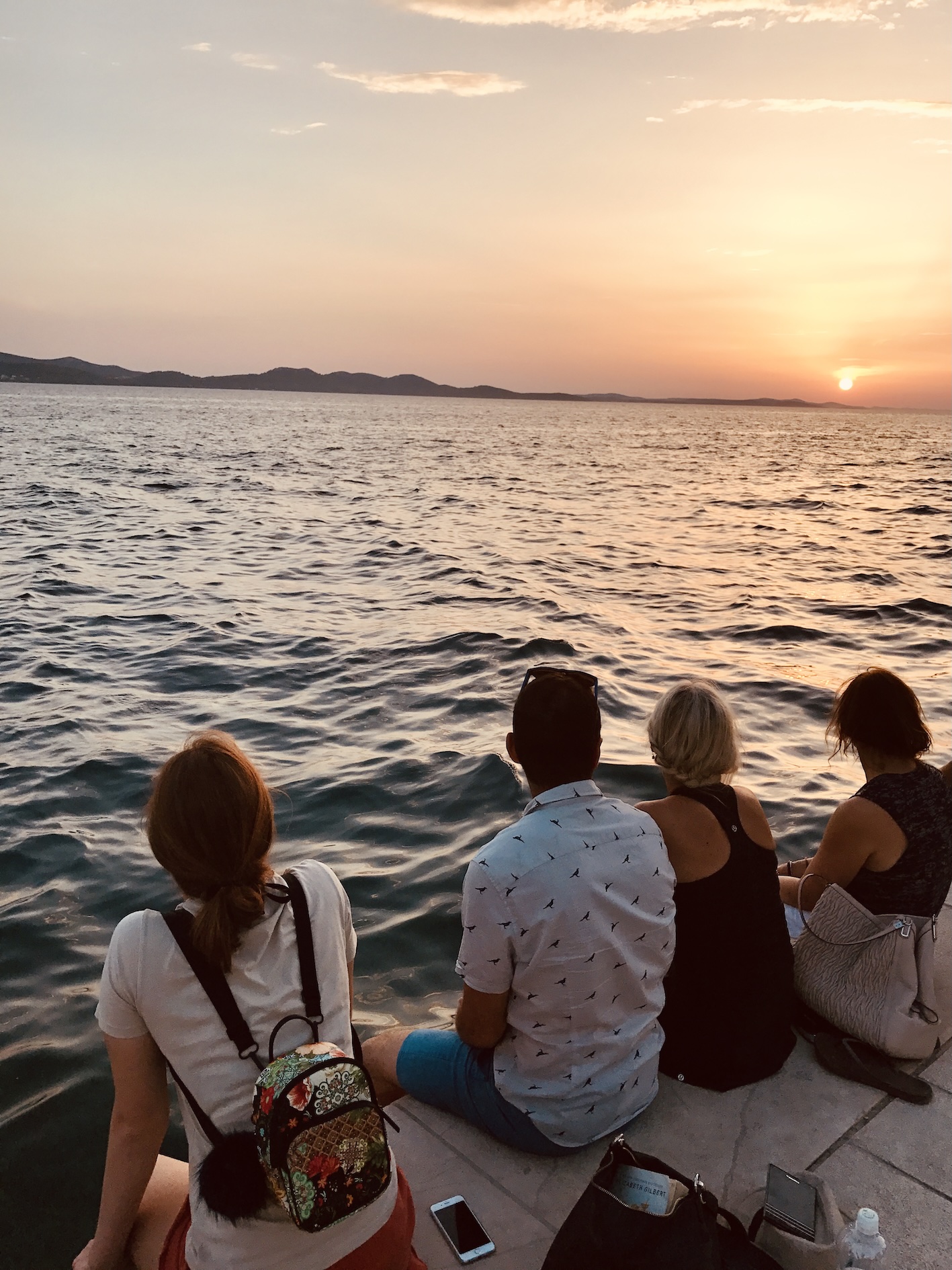
A walk along Zadar’s beautiful pedestrian promenade is a perfect spot to catch a spectacular sunset
While Zadar might not have the same cachet and appeal as Dubrovnik or Split, it has plenty of charm and quirks that make it all the more attractive, and there are plenty of ways to pass your time here.
A walk along the beautiful pedestrian promenade, Riva, is a perfect spot to catch a spectacular sunset. Especially at dusk, when the sun sinks below the horizon and the sky bursts into brilliant shades of pink, red and orange. As the story goes, Alfred Hitchcock described the city’s sunset as the best in the world during his visit. I believe he may have been on point.
The sunset is even more magical when accompanied by the soft sounds of Zadar’s extraordinary and one-of-a-kind Sea Organ designed by architect Nikola Basic. The organ’s 35 undersea pipes give voice to the tide as the water ebbs and flows.
Many visitors and locals alike gather along the sea wall each evening to enjoy the performance, watching as colours and music unfold. It’s a distinctive experience that adds to the city’s magic.
Another attraction to the promenade is the sundial, ‘Greeting to the Sun’ – a public art installation featuring 300 multi-layered solar panels arranged in a 22m circle shape. Once the solar panels absorb energy during the day, they come alive, showcasing a spectacular dancing light show at dusk.
Not surprisingly, the lively seafront promenade is lined with cafés and dining delights and is abuzz with activity. It offers a cozy setting where strangers can become fast friends over a chilled Karlovacko beer and indulge in classic dishes such as Brudeta (Fish Stew) and cevapi (derived from Turkish kebabs).
But the real treat at the end of the day for me is capturing the sunset, and sipping a glass of traditional Maraschino (Zadar’s local cherry liqueur) in one of the old town bars, served straight up, or over ice.
It’s an ideal way to slow down, take in the scenery, and explore a corner most travellers miss on the off-beaten path of Dalmatia.
Živjeli (cheers) to that!
For more information on Croatia, visit: https://croatia.hr/en-gb.
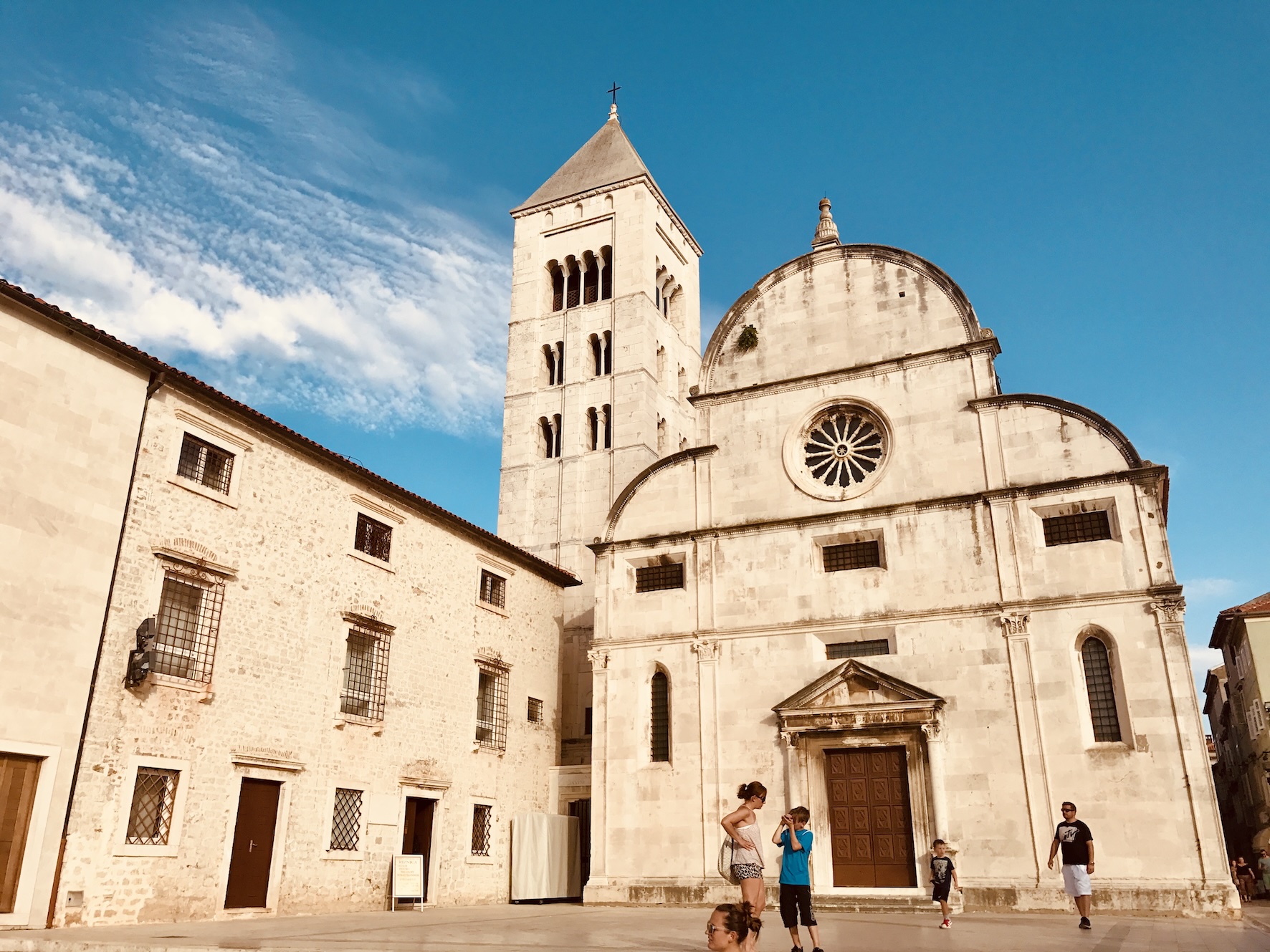
Zadar is a coastal city that seamlessly blends the ancient with the modern in a way few places can
